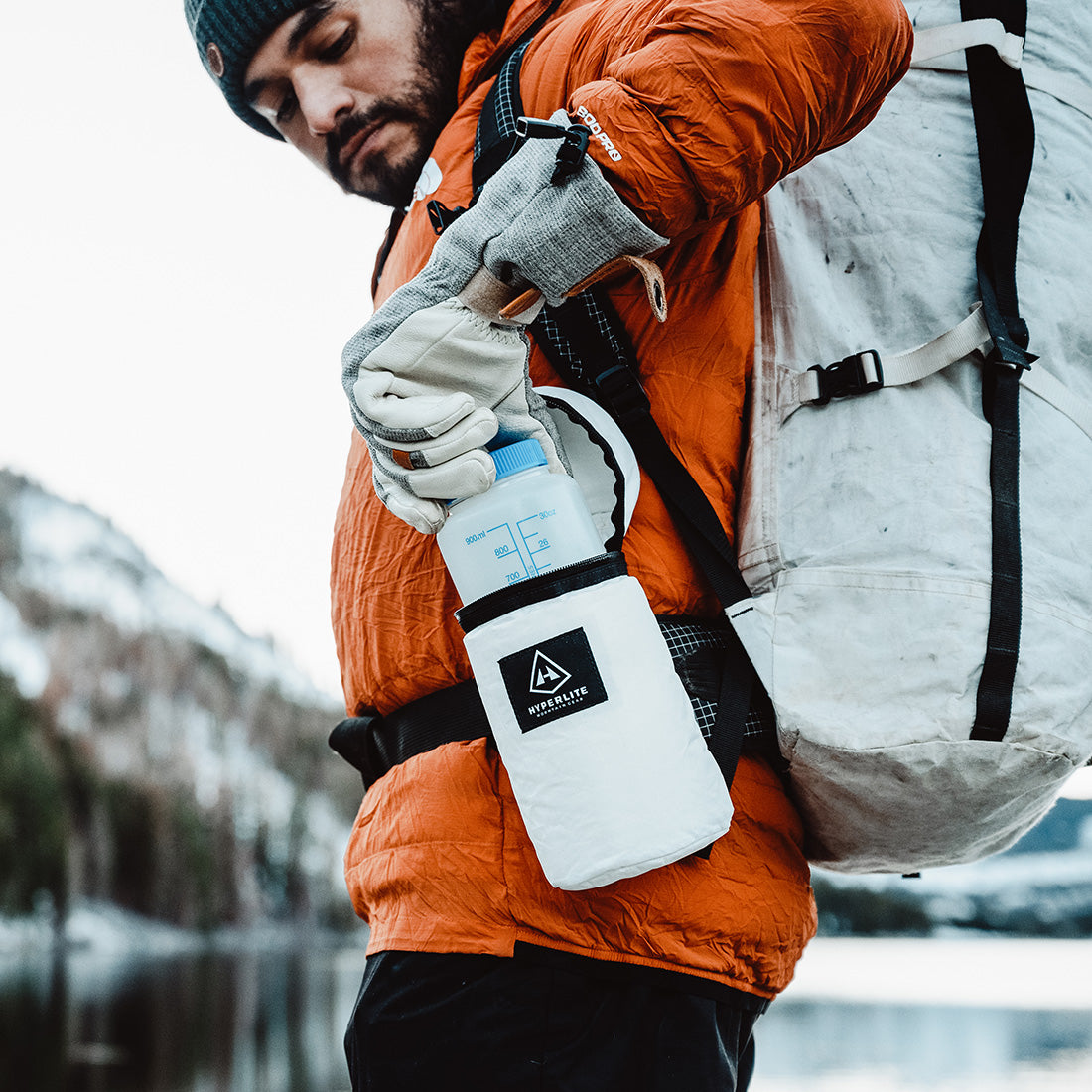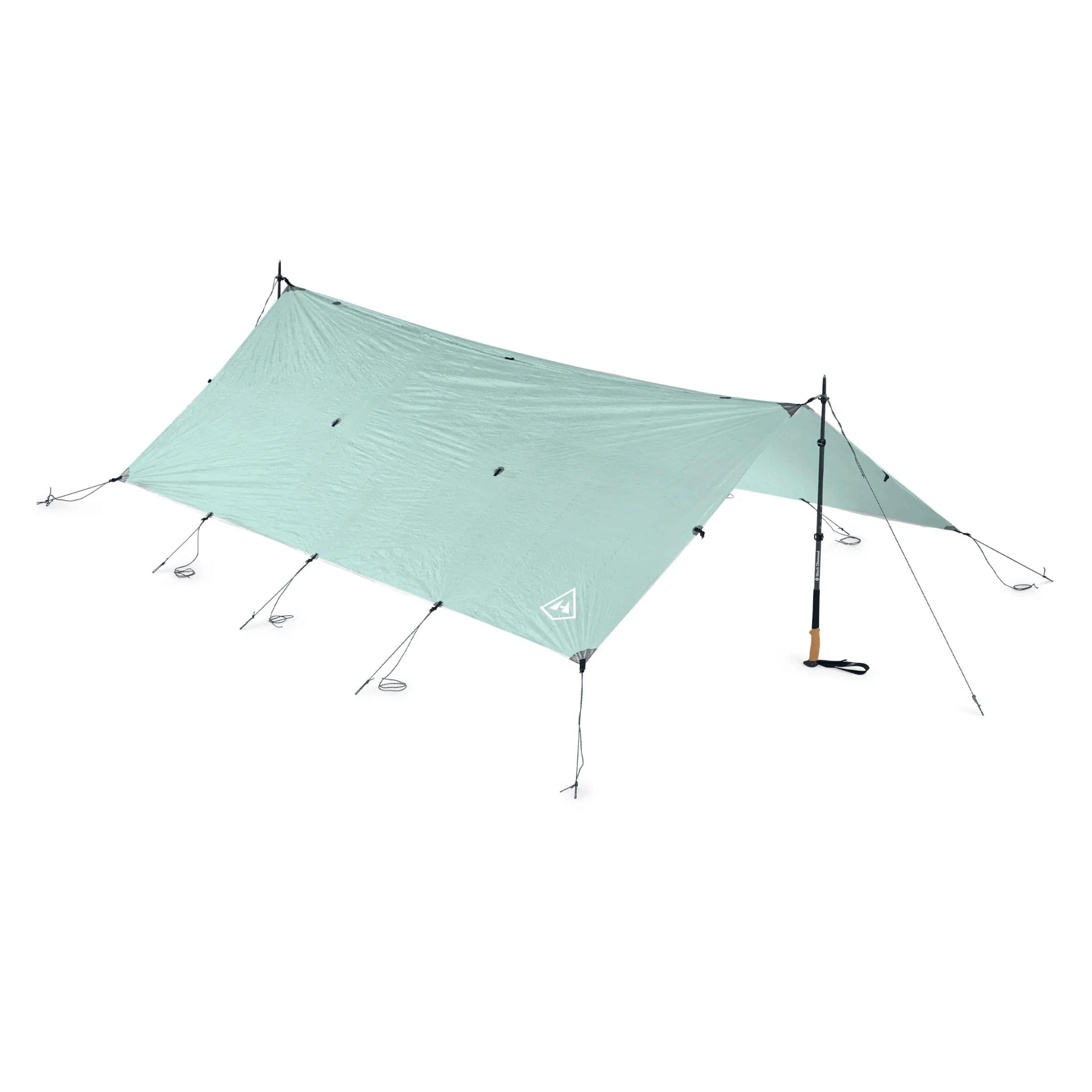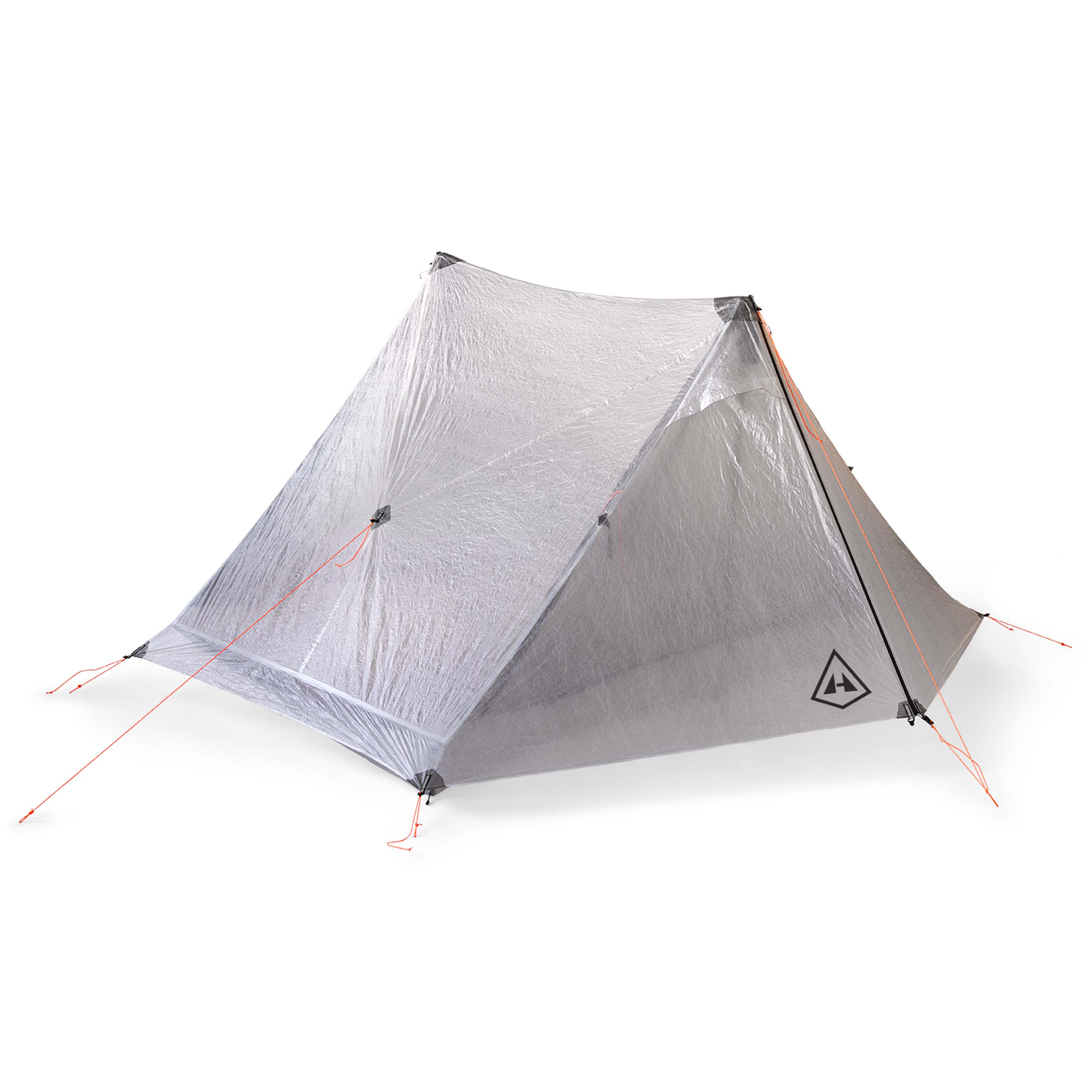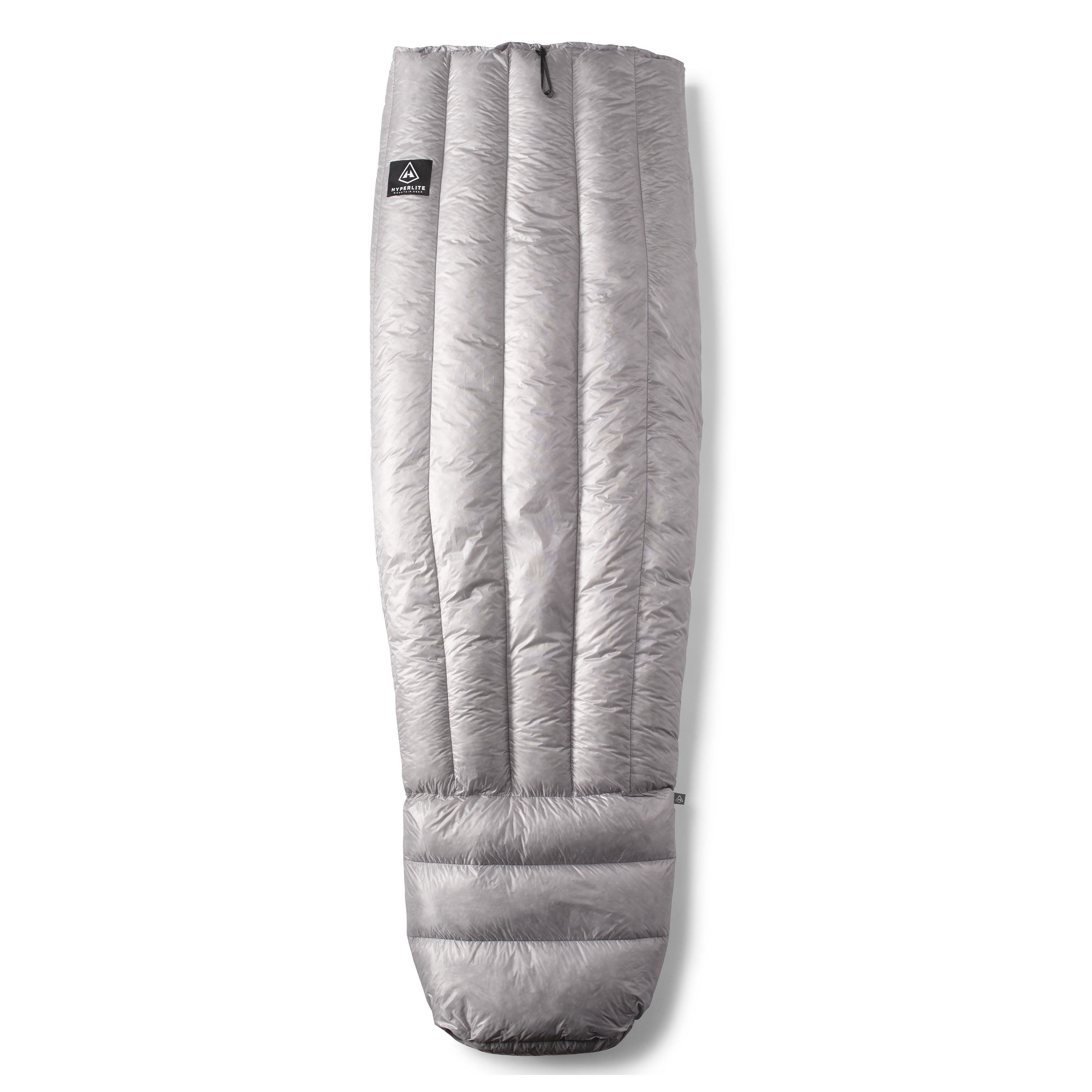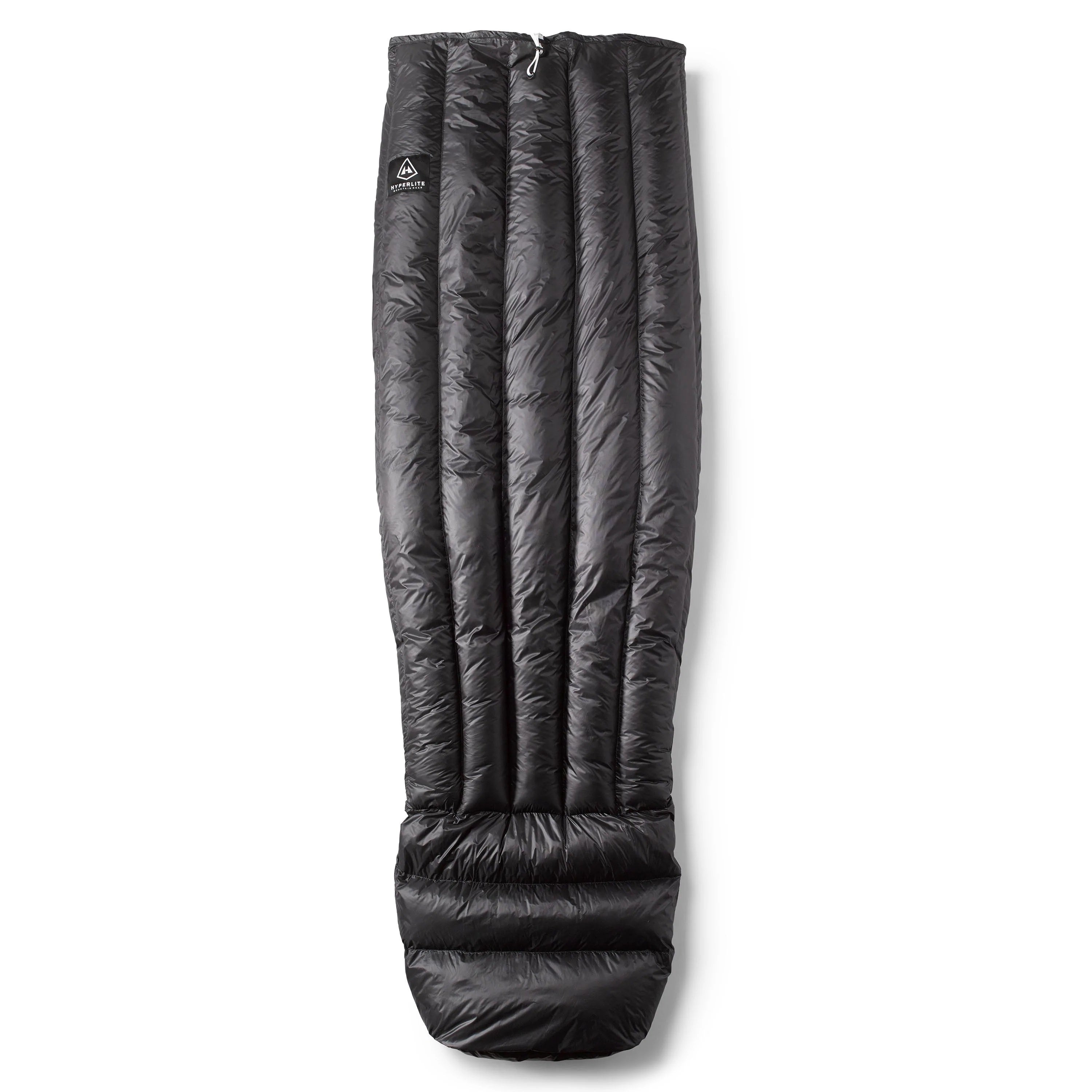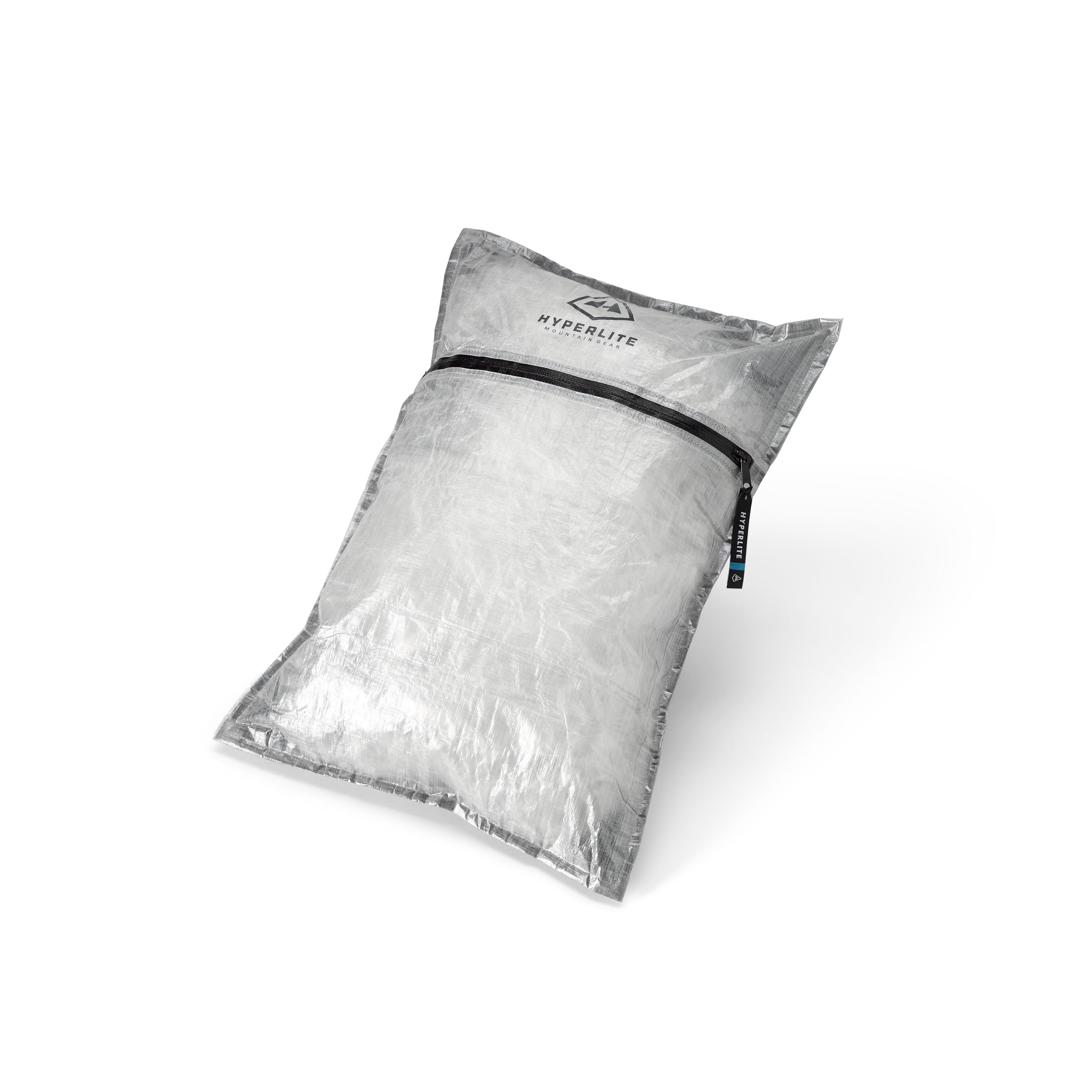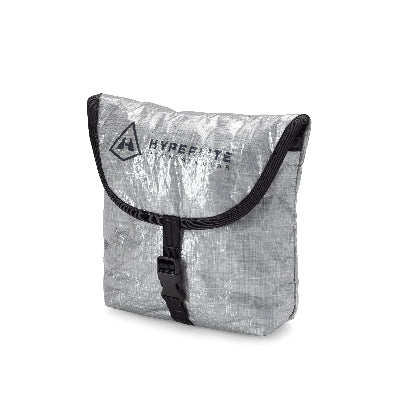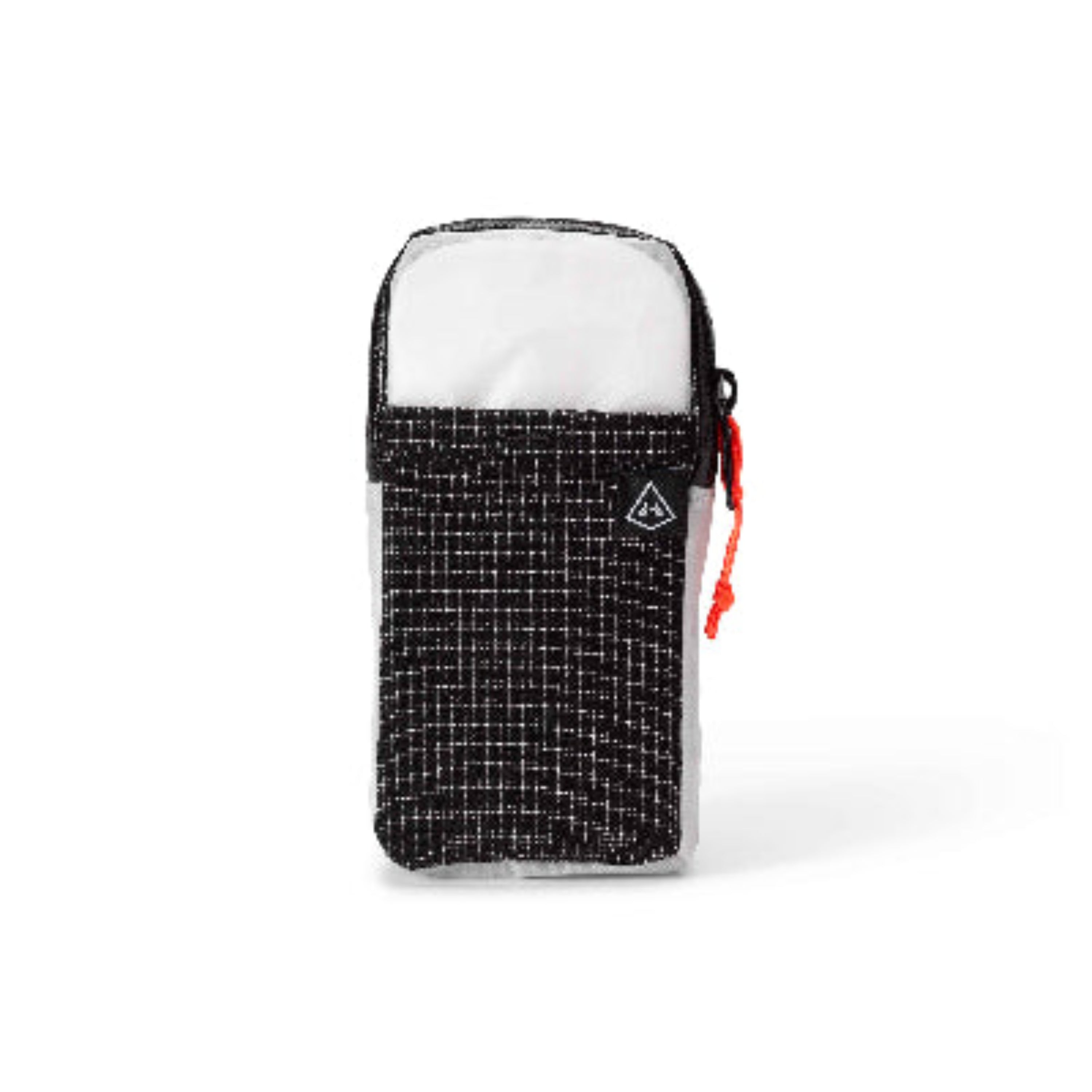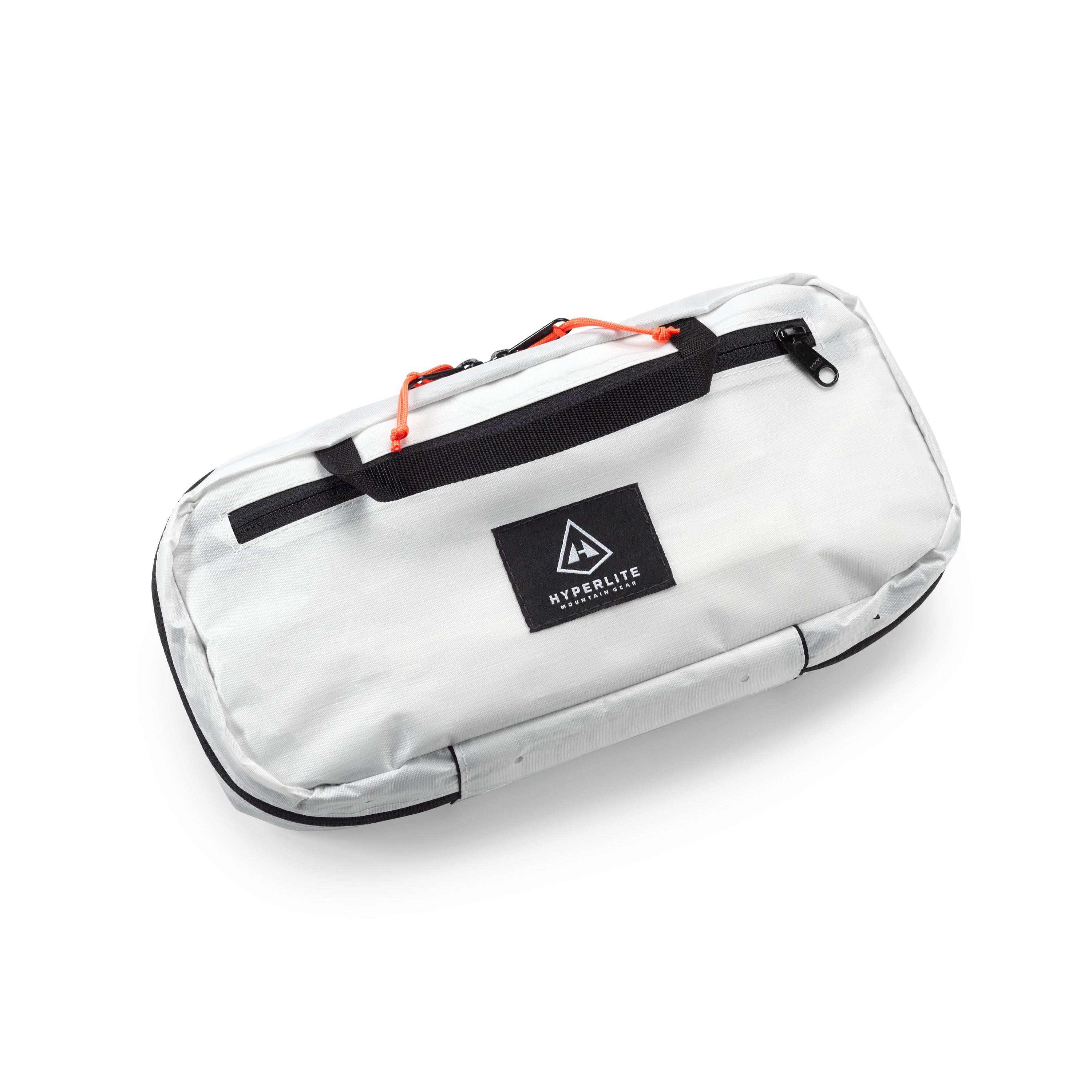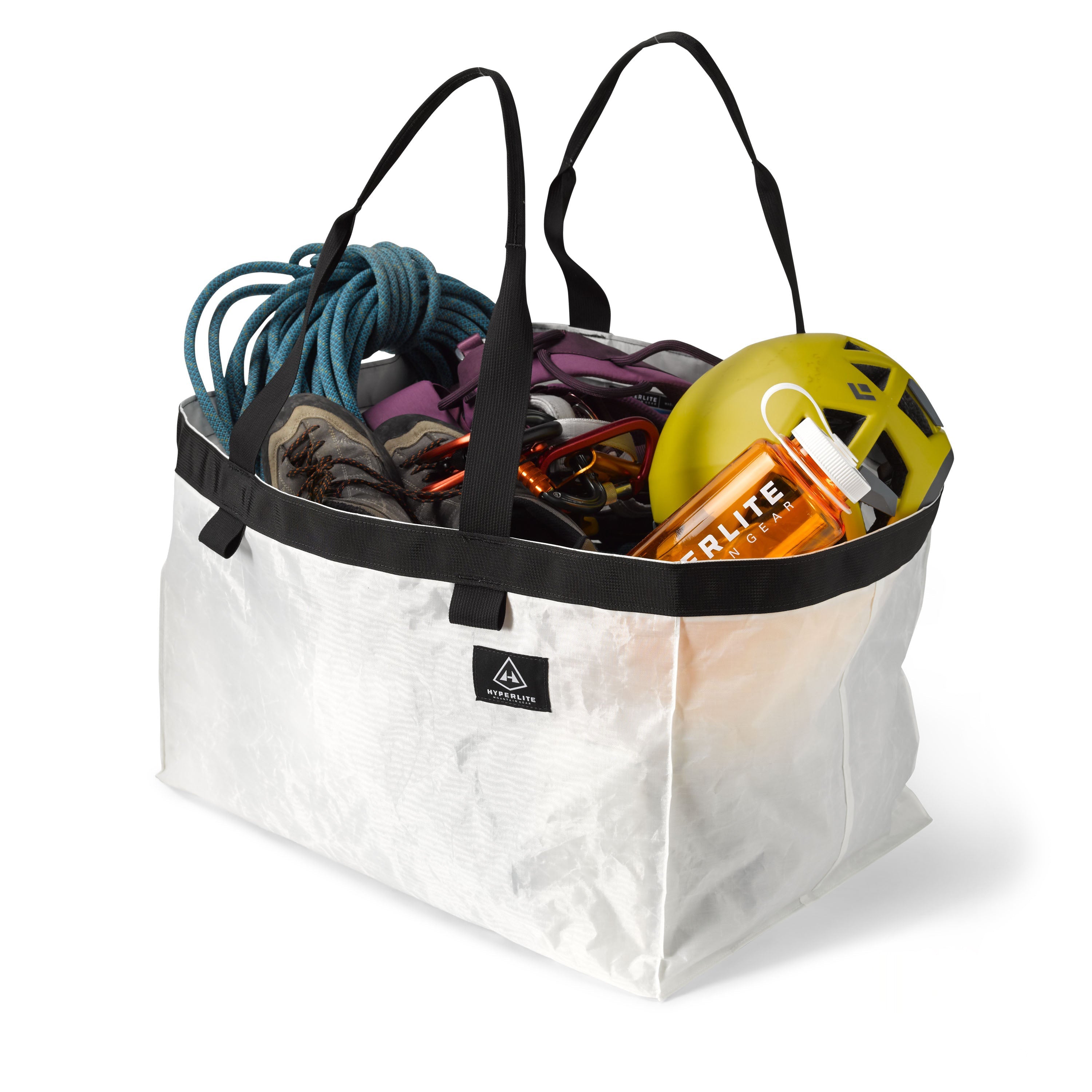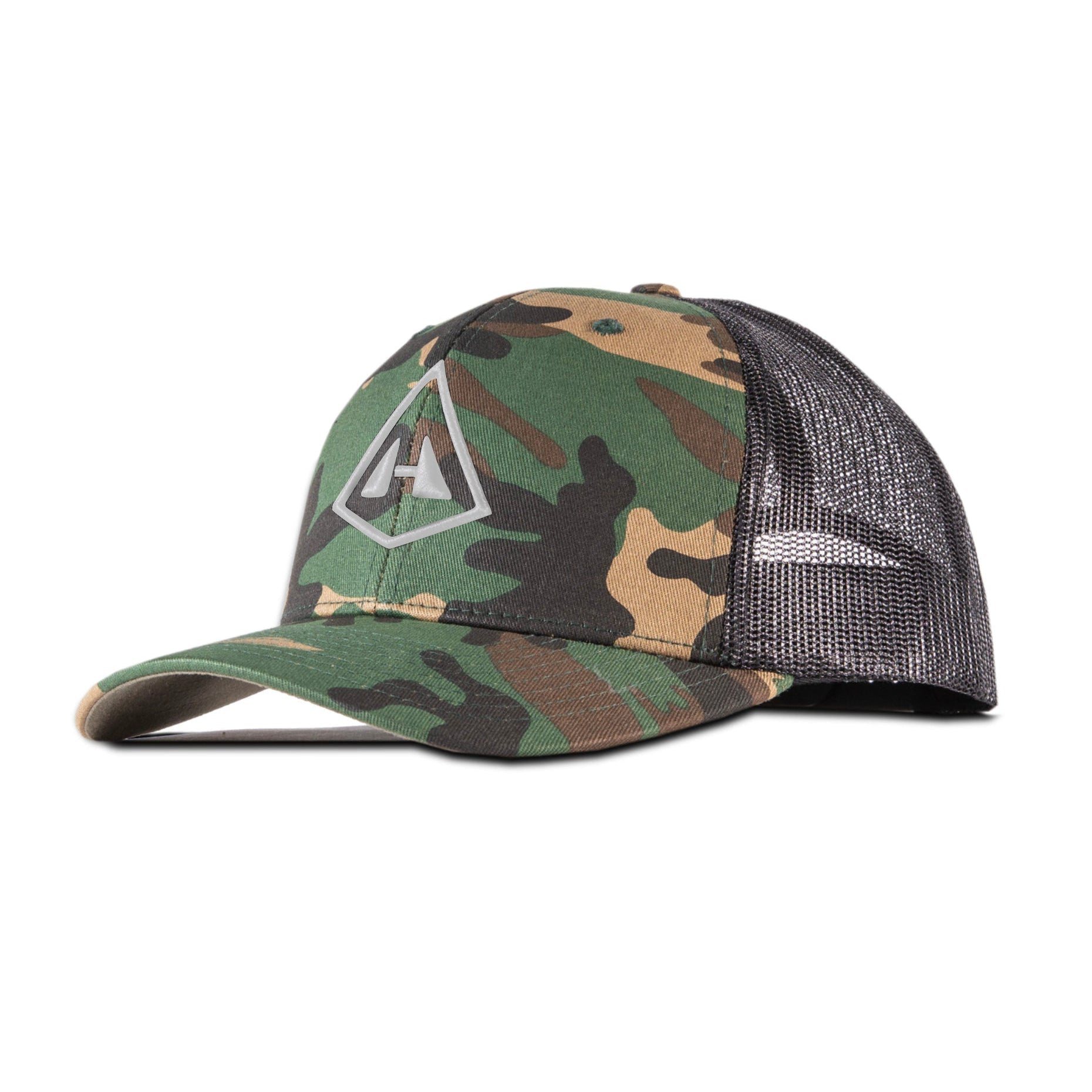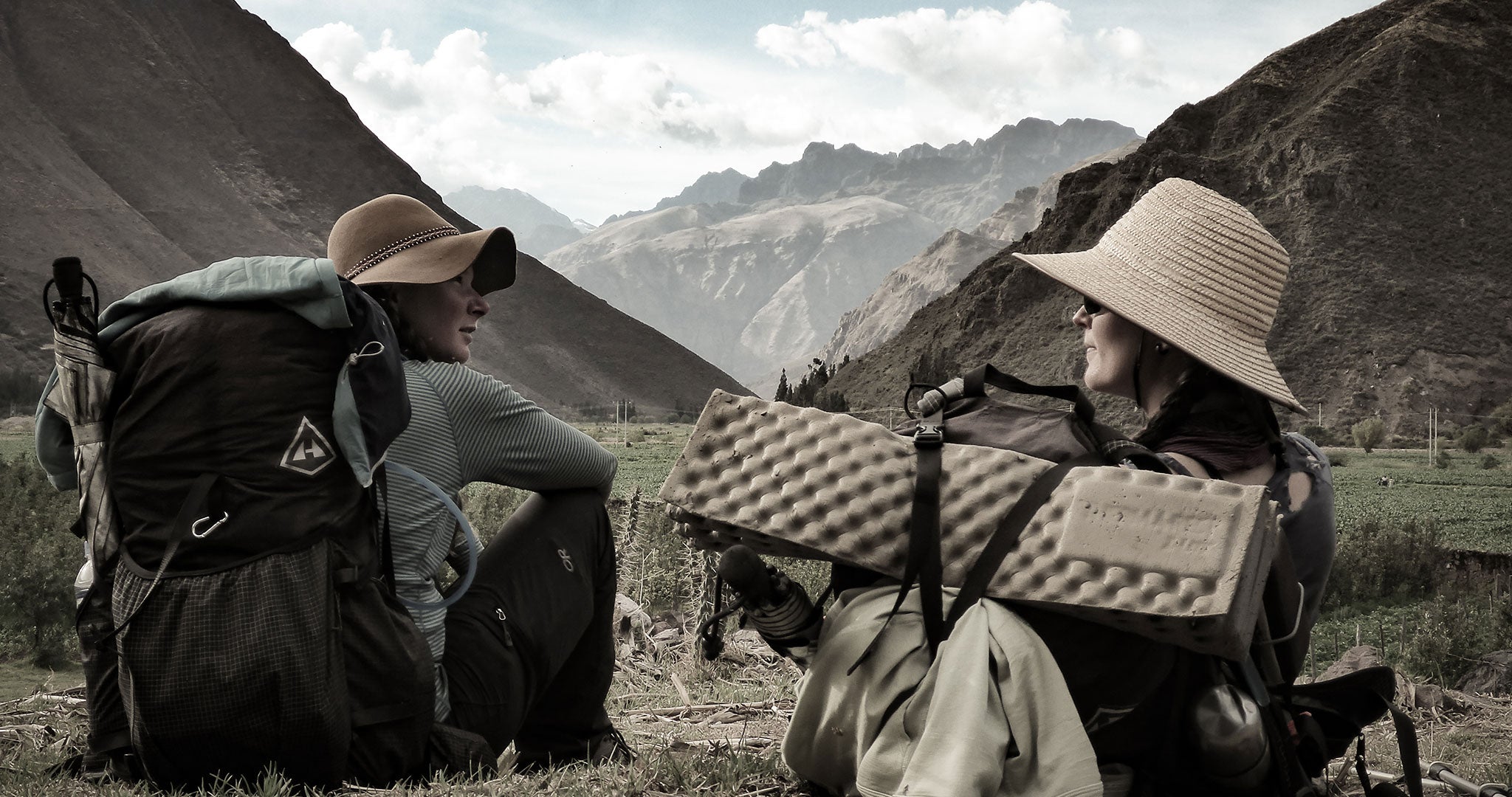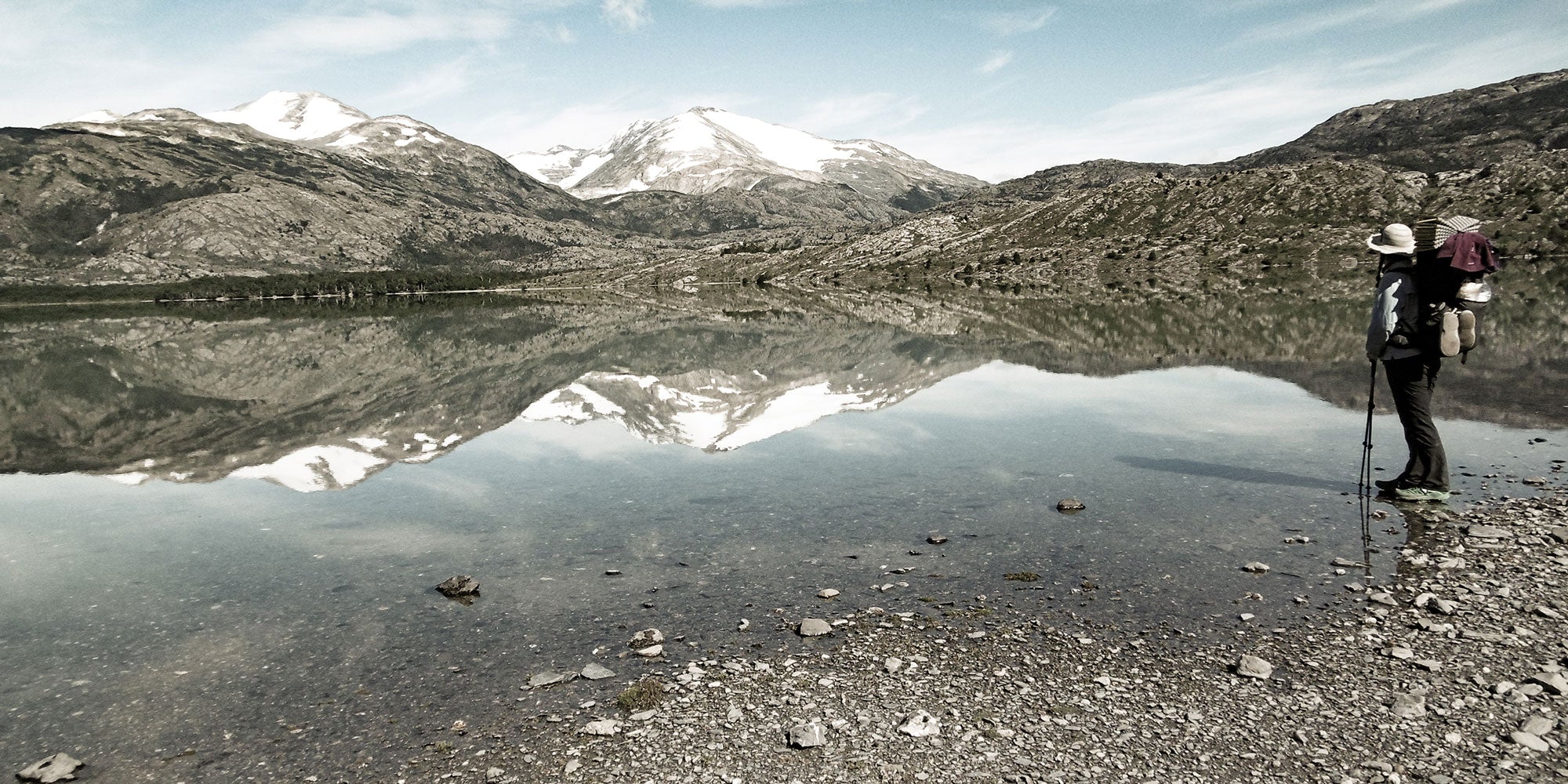Words & Photos by Bethany "Fidgit" Hughes// Her Odyssey
Distance: 90 Miles (145 Km)
Duration: 5 - 8 days
Level: Challenging
Access: El Alto, La Paz - Sorata, Peru
Season: May-September
This impressive range rears north of La Paz. Peaks above 20,000 ft. and passes at over 16,000 ft, tropical glaciers, snaking milky rivers, llamas, and locals, this trail is a dream for the seasoned mountain hiker and international traveler. There are multiple options for hiking the Cordillera Real which range from three to 14 days. The problem with this range is not a lack of trails, but perhaps too many to choose from. Some sections are almost exclusively used by herdsmen, and their animals leave many tracks.
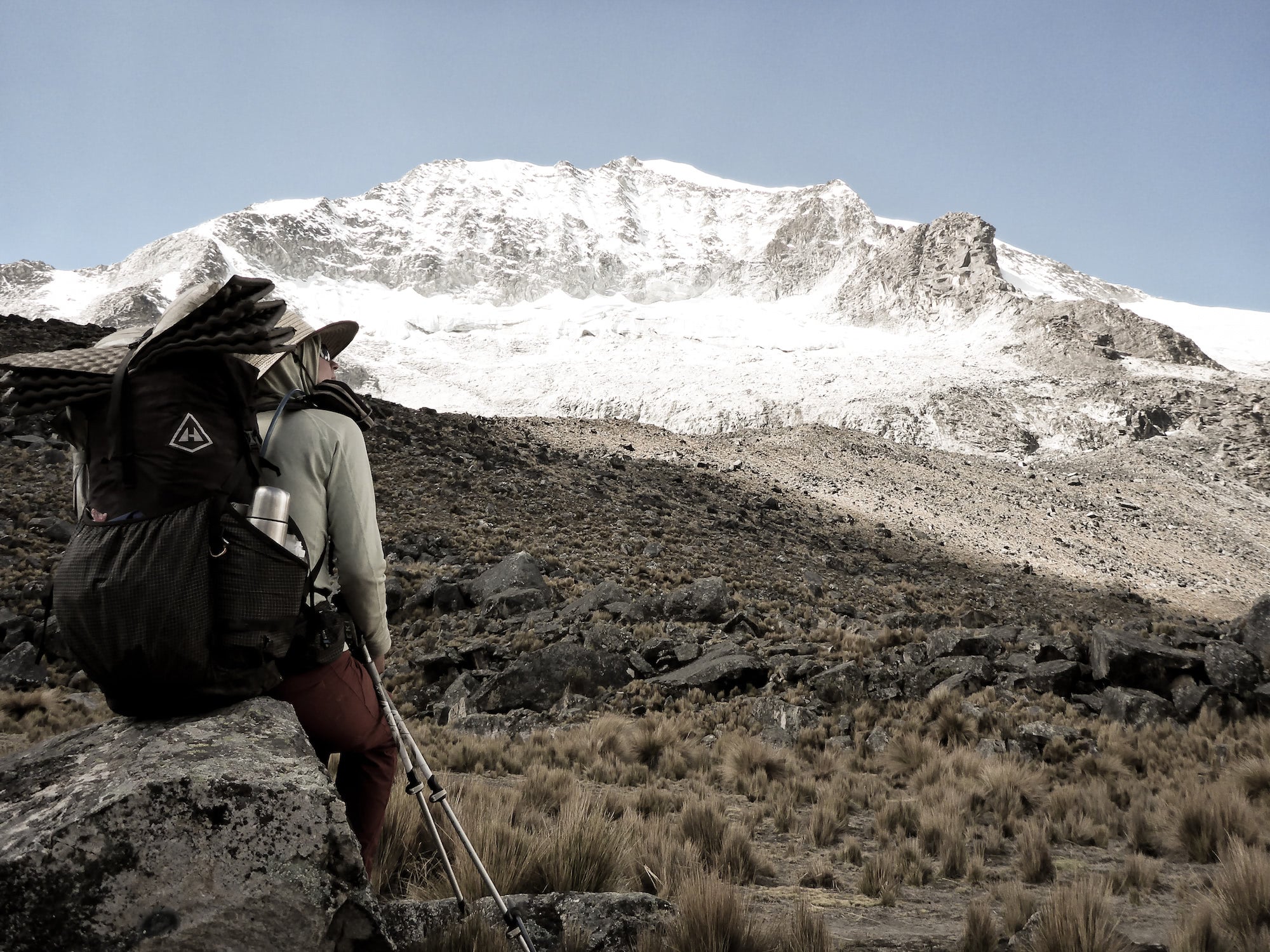
The range can be accessed from the city of La Paz where most logistics should be settled before heading up (also, there is Cholita wrestling). The best physical maps were available for purchase in the tourist district for about 80 Bolivianos (~$12 USD). Even with a physical map, it is highly advisable to have a GPS on hand.
Resupply options in the mountains are limited, we passed through only one town where basic provisions could be bought. So, you will need to be in shape to carry five days of food at a stretch above 4,000m. Leaving La Paz, we opted to take the new gondola system out of the city basin to El Alto. From there you can catch a morning combi (mini bus) for a few soles, hire a taxi (~150-200 Bolivianos - $25 USD), or Uber, to the mining village of La Union at the lap of glacier-clad Huayna Potosi.
We walked from La Union to Sorata, though most of the guided tour companies run this route in the opposite direction. Whichever direction you choose, Sorata is a lovely town with everything a hiker could want. Lodging, several restaurants around the square, small shops, and many transportation options exist throughout the day.

There are a variety of ways to hike the Cordillera Real from a hike the length of the range to several day circuits where you could hut-hop the newly appearing refugios in the valleys in the southern section of the range. If you plan to take advantage of these, be sure to gather a good amount of small bills while in the city. We opted to network the trails together to hike the length of the range into what is called the trans-Cordillera Real Traverse. You could also choose to walk largely off trail and explore more of the western face of the range, as Swami and Dirt Monger did.
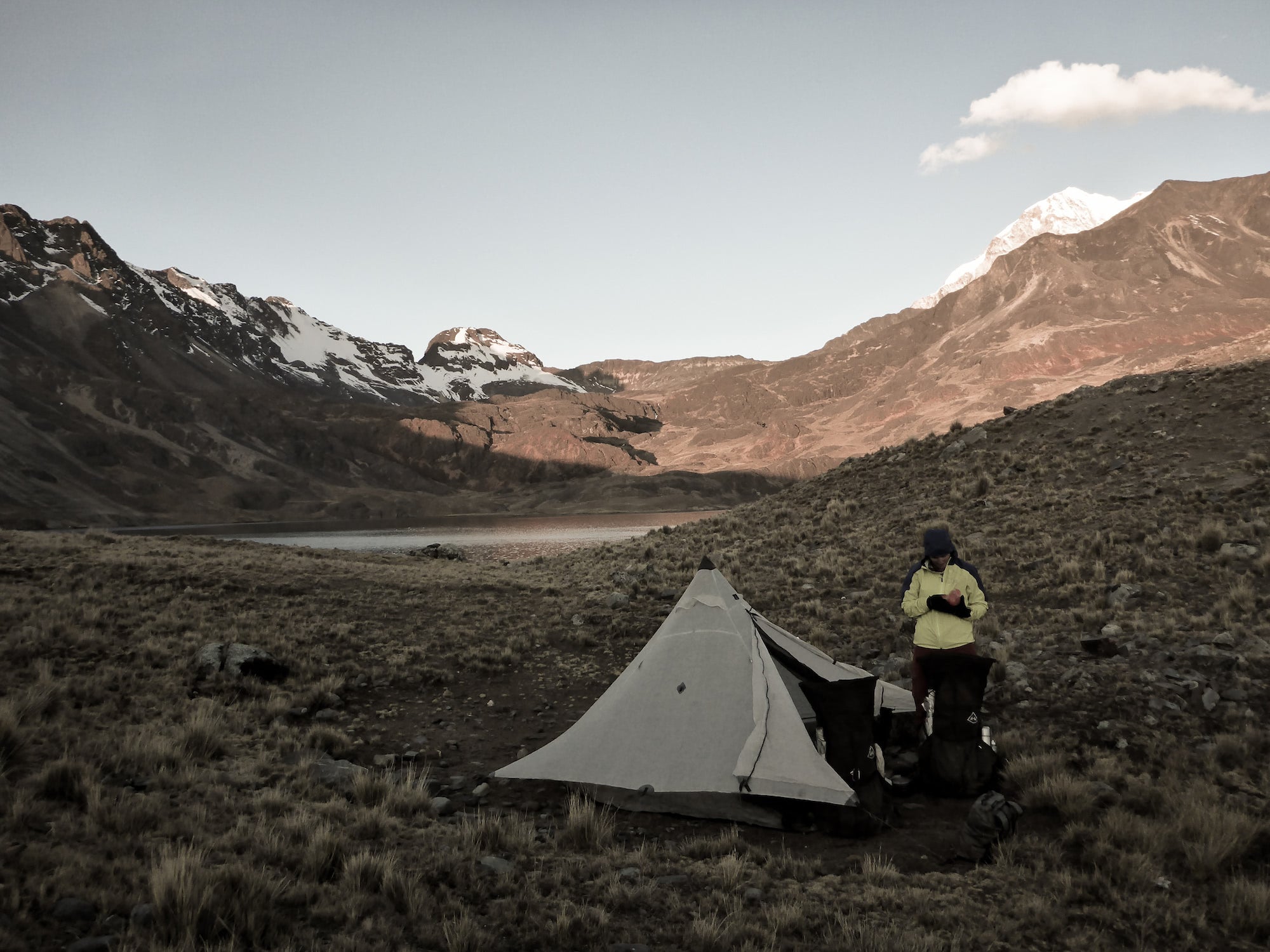
The Cordillera Real is quintessential high Andes. The snowy peaks jut above grassy slopes. The last remnants of tropical glaciers sit in the rocky pockets of the peaks. Steep green walls, hatch worked by llama and alpaca trails, line the valleys. Do not expect to see much in the way of trees or wind cover as most of this traverse is above 4,000m. The peaks overhead can reach above 6000m. The Condoriri peaks, Huayna Potosi, Illimani are just a few of the hulking beauties which overlook any path you take. They are also likely to cast their own weather, so also be prepared to layer up and hunker down, we were caught by hailstorms and squalls on our way through.
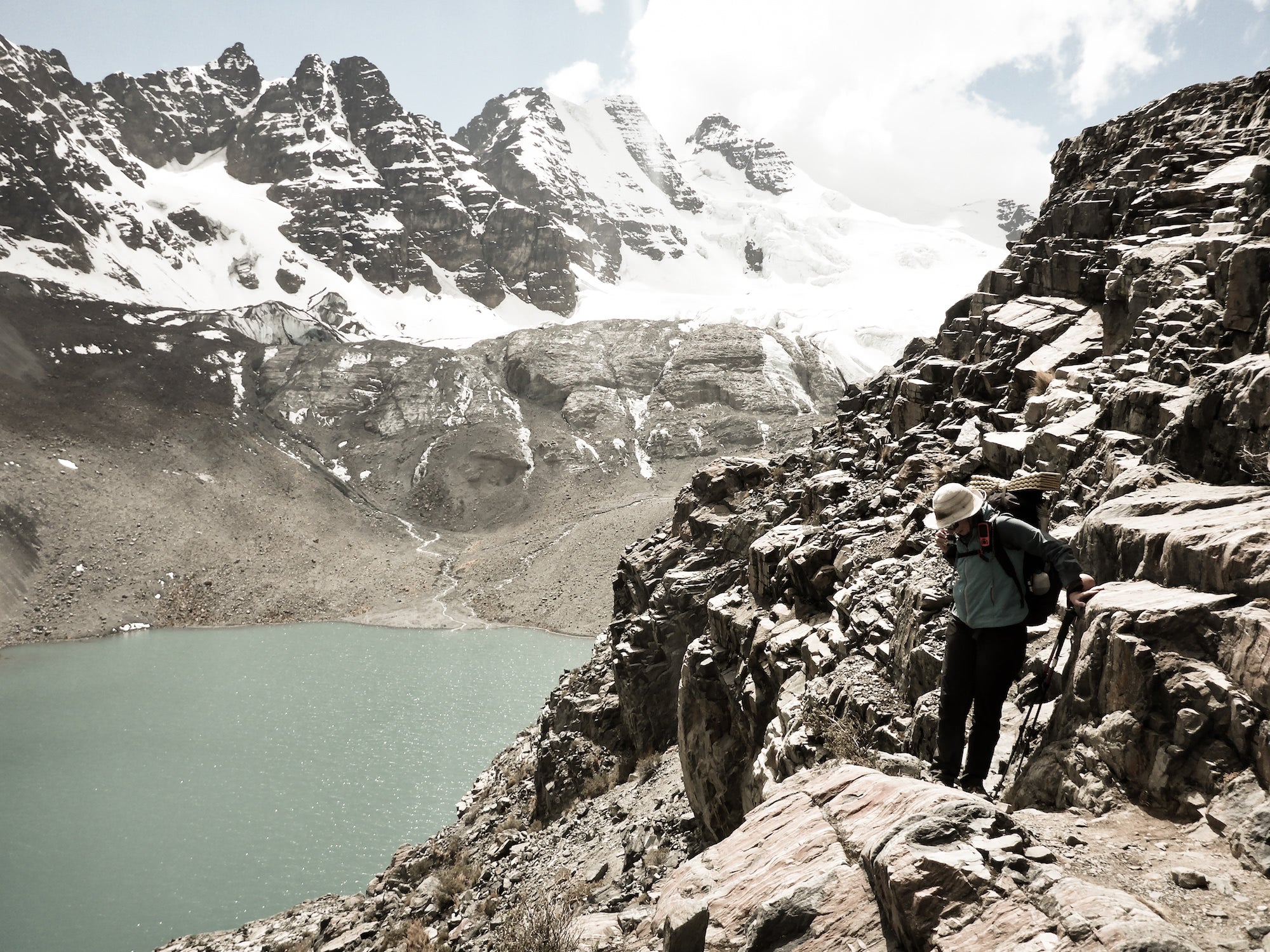
While signage along the trails are primarily just cairns, the trails are almost always visible. In fact, in some areas, the problem becomes there are too many trails. Unmonitored access and used for grazing, in some areas the trails multiply even to the point of overtaking the landscape. From another angle, the locals give these mountains their character. We found the route to be relatively solitary (crossing paths with only one other hiking pair with a guide and mules) but we often passed small stone houses occupied seasonally, herds of llama and alpaca grazing, and farmers out monitoring the animals and water channels. They are generally friendly if a bit shy. The town populations were often curious and much more likely to want to chat.
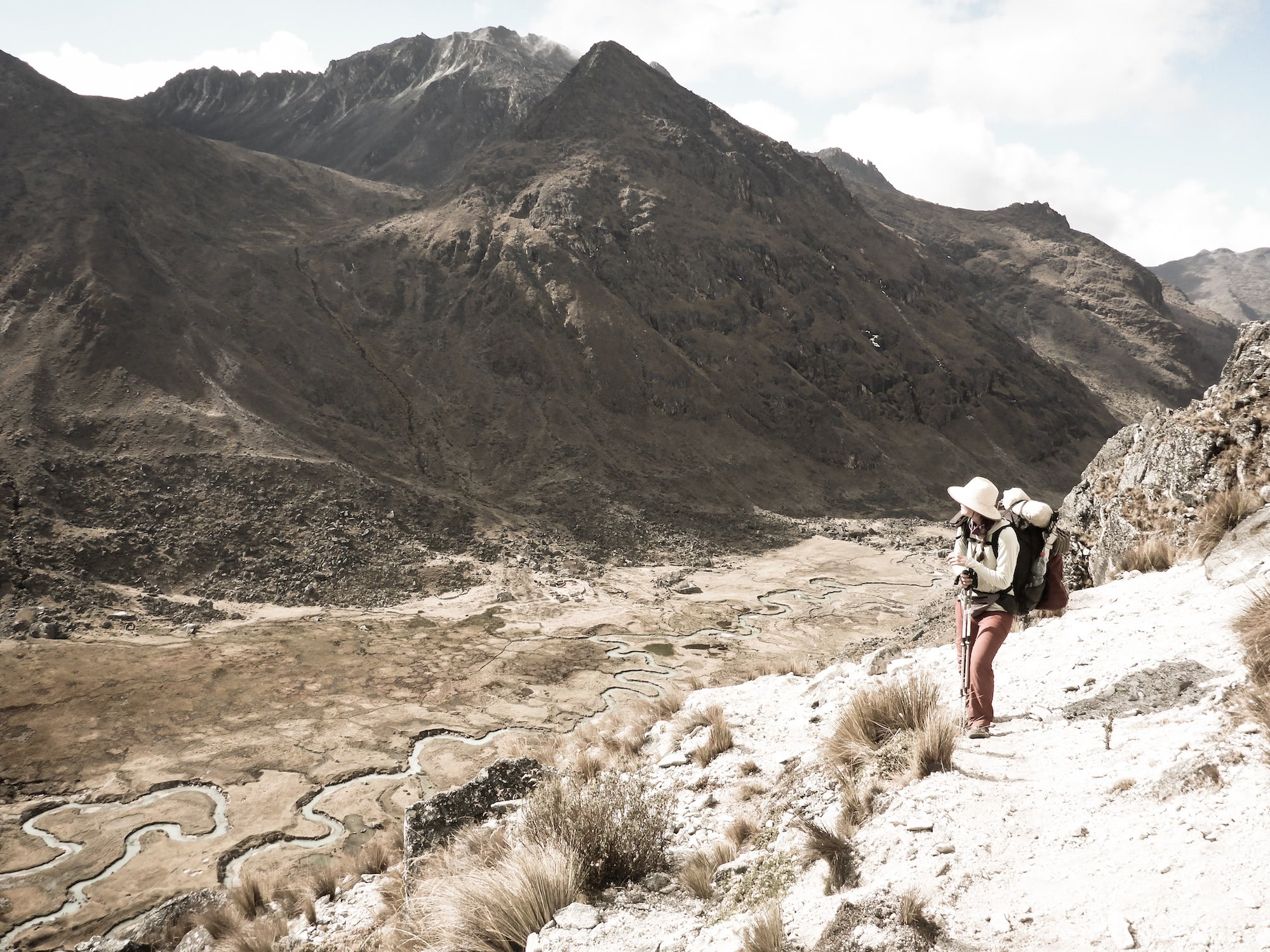
There are many opportunities to make this hike your own. Its challenges are mirrored by the beauty and solitude. Familiar with tourism and beginning to see some infrastructure is a benefit to hikers, but the austere nature keeps the large crowds away. We watched condors circle, swam in glacial streams, chatted with Quechua grandmothers, and were overcome at the jaw-dropping beauty of the peaks which appeared every single day. This is indeed one of the most astounding ranges in the world.
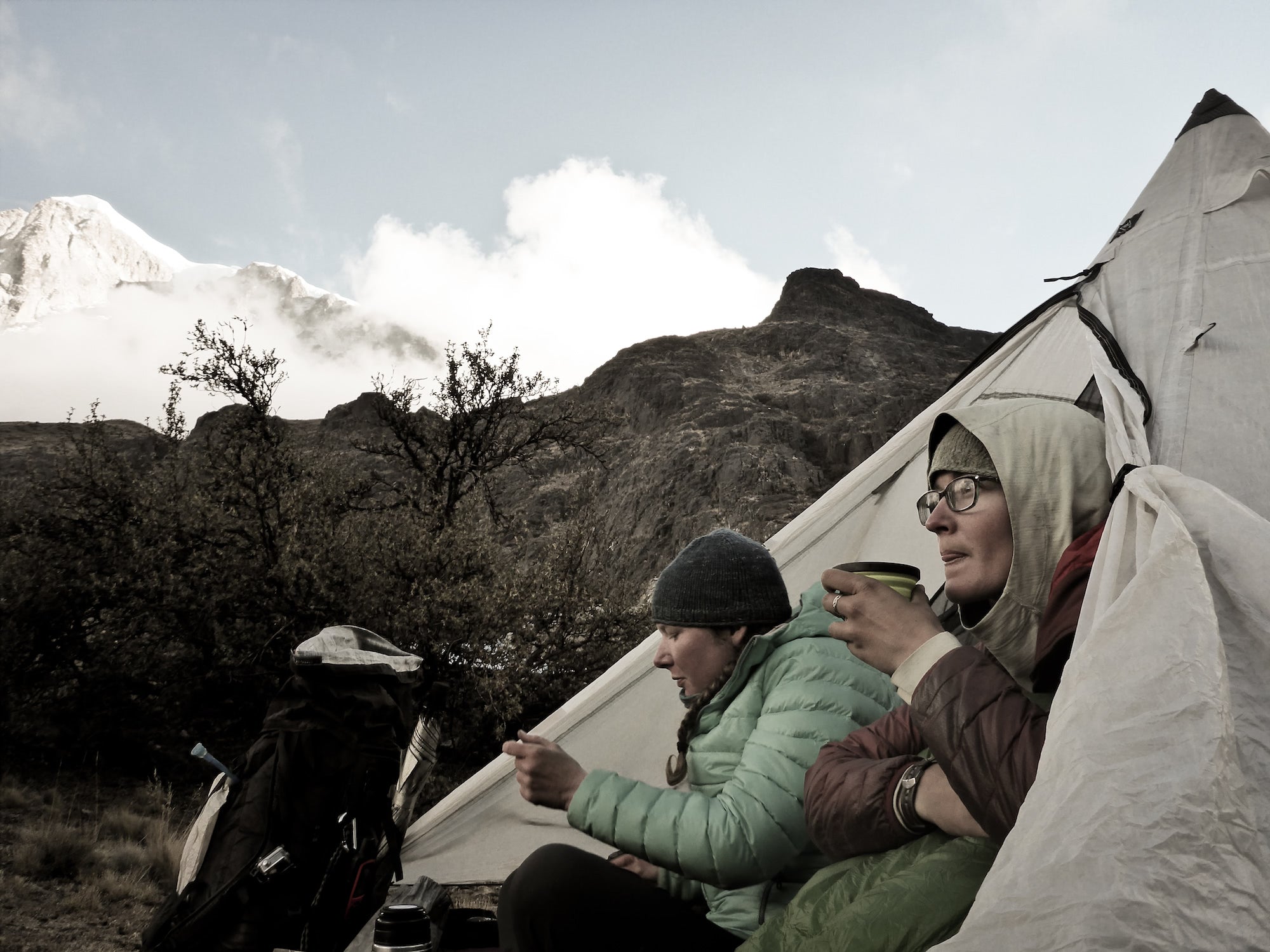
Bethany “Fidgit” Hughes has been using and (rigorously) testing our 3400 Southwest Pack, Shelter Systems and a variety of Stuff Sacks + Pods since the beginning of the Her Odyssey journey from South America to Alaska in 2015. She is constantly posting insights, photos and videos from the trail – so make sure you give Her Odyssey a follow on Facebook and Instagram.



